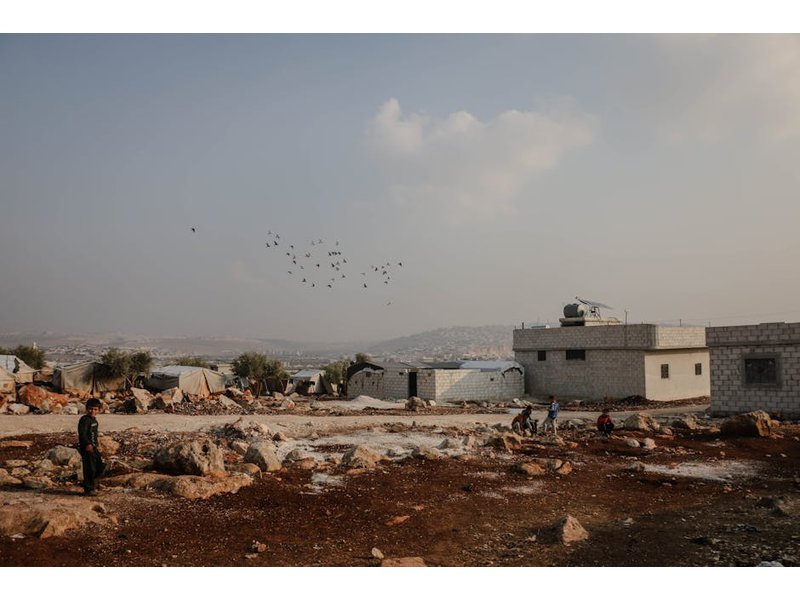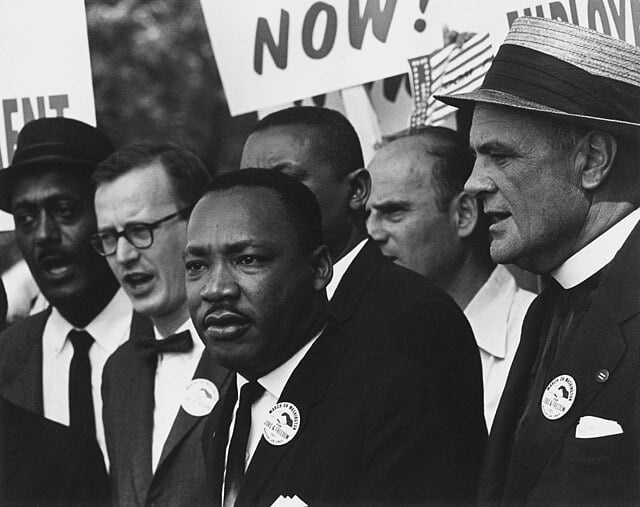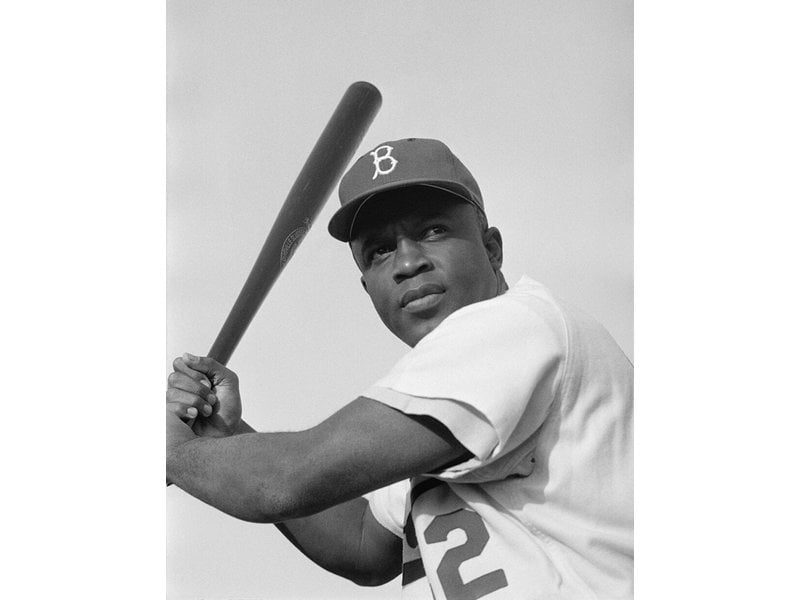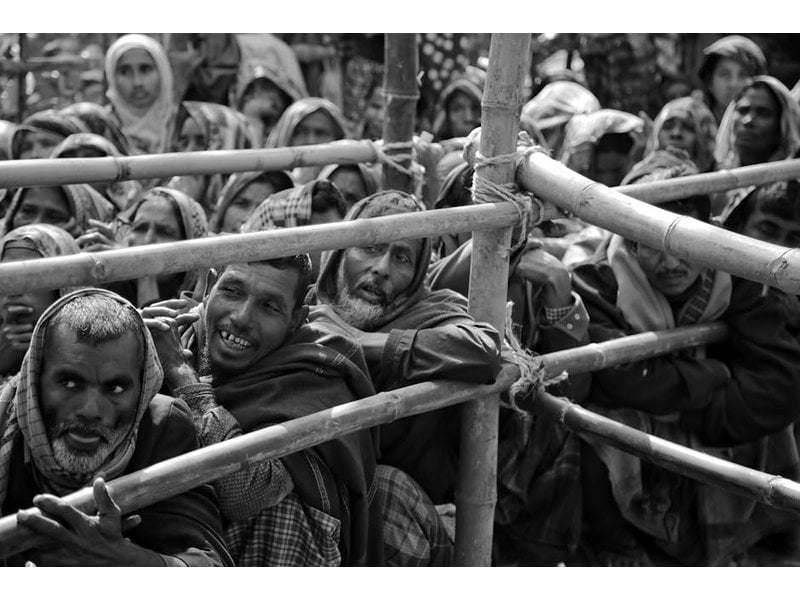090 revenue refusal

"This method involves a refusal by the resisters to provide the government with revenue voluntarily. Since such revenue is owed to a government, or an agency of it, and is required by statute or regulation, this method may also be classed as political noncooperation. Where this action is more than symbolic its most important characteristic usually is the withholding of financial resources from the government; where the political disobedience element is dominant, however, this method would fall primarily within political noncooperation. But it is both economic and political in form."...
Potentially awesome partners
Potentially problematic matches
High scoring campaigns using this method
Historical cases from the Nonviolent Action Database that used this method
Love Canal residents campaign for clean environment, New York, USA, 1978-1980
In 1894, William T. Love started construction on a power canal in an area outside of Niagara Falls in upstate New York. Although the canal was never completed, the neighborhood of Love Canal was born and soon became a locus of major chemical companie...
Bardoli peasants campaign against the Government of Bombay, 1928
The Bombay Government (through its Revenue Department) had, in 1927, enhanced the land revenue assessment in the Bardoli taluka (county) by a nominal 22 percent, which, when applied, amounted in some cases to as much as 60 percent enhancement. This t...
Hungarians campaign for independence from Austrian Empire, 1859-1867
In the 1840’s there were high tensions between Hungary and the Austrian Empire. Hungary, a part of the larger Austrian Empire, was characterized by nationalistic fervor and that feeling erupted in a violent insurgency in 1848. Franz Josef, the empero...
Larzac peasants campaign to block expansion of military camp (The Battle of Larzac), 1971-1981
The plateau of Larzac is a limestone karst plateau located in the southern Massif Central area of France, extending between Millau (Aveyron region) and Lodeve (Herault region). The area is mainly agricultural and the economy relied mostly on sheep br...
Lithuanians campaign for national independence, 1988-1991
Russia first occupied Lithuania and introduced a program of “Russification,” an attempt to eliminate Lithuanian language and culture in favor of Russian culture, in the mid-19th century. After 22 years of independence from Russia, the Molotov-Ribbent...
Congolese win independence from the Belgian Empire, 1959-60
In the 1950s, revolution was brewing in the Belgian Congo. Africans living in colonized countries felt the winds of change swirling as their mother countries in Europe struggled to stand back up after suffering often devastating defeats in World War ...
Harvard students campaign for a living wage, 1998-2002
In the fall of 1998, Harvard students began a Living Wage Campaign that would last for almost four years. The Campaign was headed by the Progressive Student Labor Movement (PSLM) and aimed to help all Harvard employees receive a “living wage”. The de...
Indians in South Africa wage Satyagraha for their rights, 1906-1914
Before the start of the 20th century, there were about 62,000 Indians living in South Africa, including the British colonies of Natal and the Cape, and the Boer republics of Transvaal and the Orange Free State (OFS). Most Indians were indentured labo...
Nepalese general strike to protest monarchic rule, 2006
The 2006 general strike in Nepal was part of a larger democracy movement in the country. Nepal has had a historically monarchal government dating back to the mid-eighteenth century. In the 1940’s, political opposition rose, critical of the enduring, ...
Pashtuns campaign against the British Empire in India, 1930-1931
The Pashtuns are a Muslim group that occupied the North-West Frontier of British India, the area near present day Afghanistan. This area was occupied by the British in 1848 and divided into two areas. In one area, districts were established and made ...
Low scoring campaigns using this method
Historical cases from the Nonviolent Action Database that used this method
Pakistan's Azadi March to Overthrow Prime Minister, 2014
The government of Pakistan under Nawaz Sharif was widely mistrusted by its people. Prior to the parliamentary election in May of 2013, Sharif had already declared himself Prime Minister of Pakistan before citizens had even voted. In 2014, former nati...
New Brunswick Burnt Church First Nation campaign to defend their fishing rights, 1999-2002
The Mi’Kmaq people of New Brunswick have always fished in the Miramichi Bay and River. On 17 September 1999, the Supreme Court of Canada upheld the native fishing rights of Donald Marshall, who had been charged with fishing out of season, fishing wit...
Palestinians wage nonviolent campaign during First Intifada, 1987-1988
EDITOR'S NOTE: Regarding the First Intifada as "nonviolent" is controversial because of the violence that accompanied the campaign. Aden Tedla's narrative does not try to hide the violent dimension. Three considerations lead us to include the case in...





